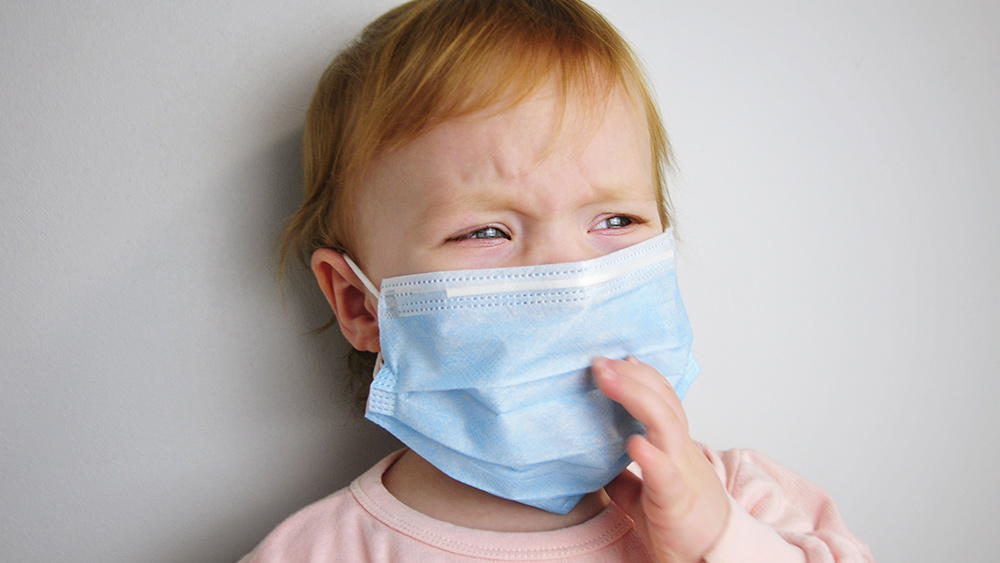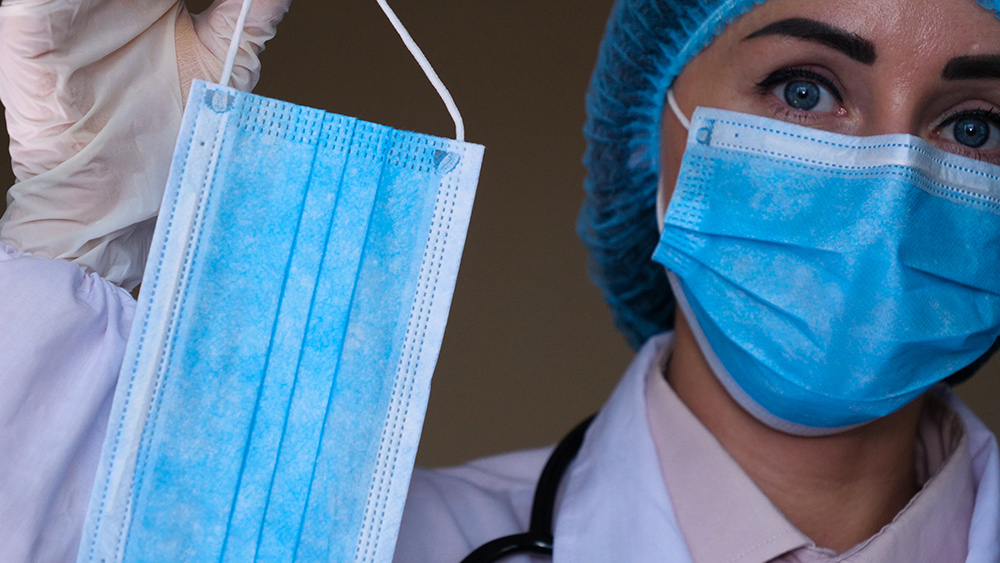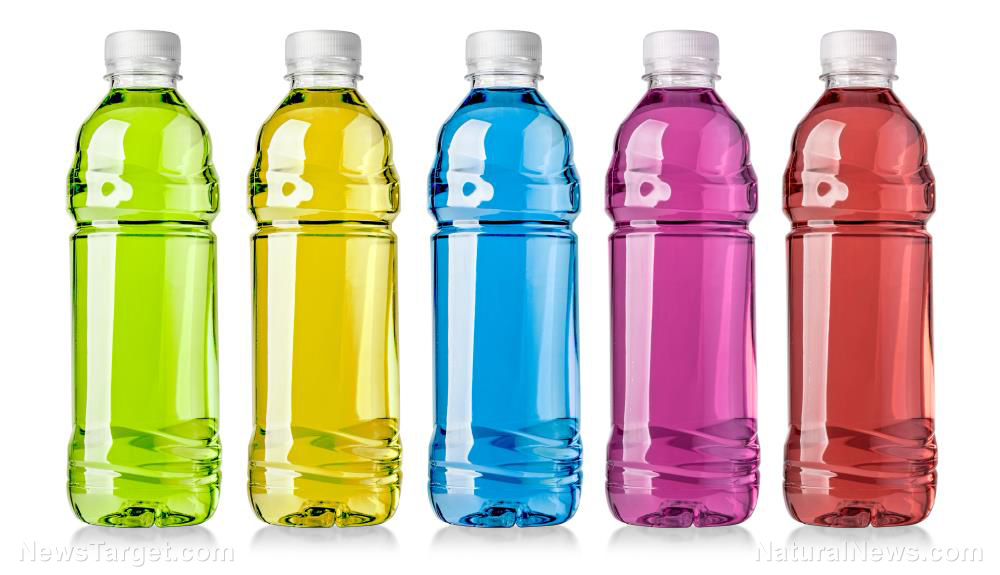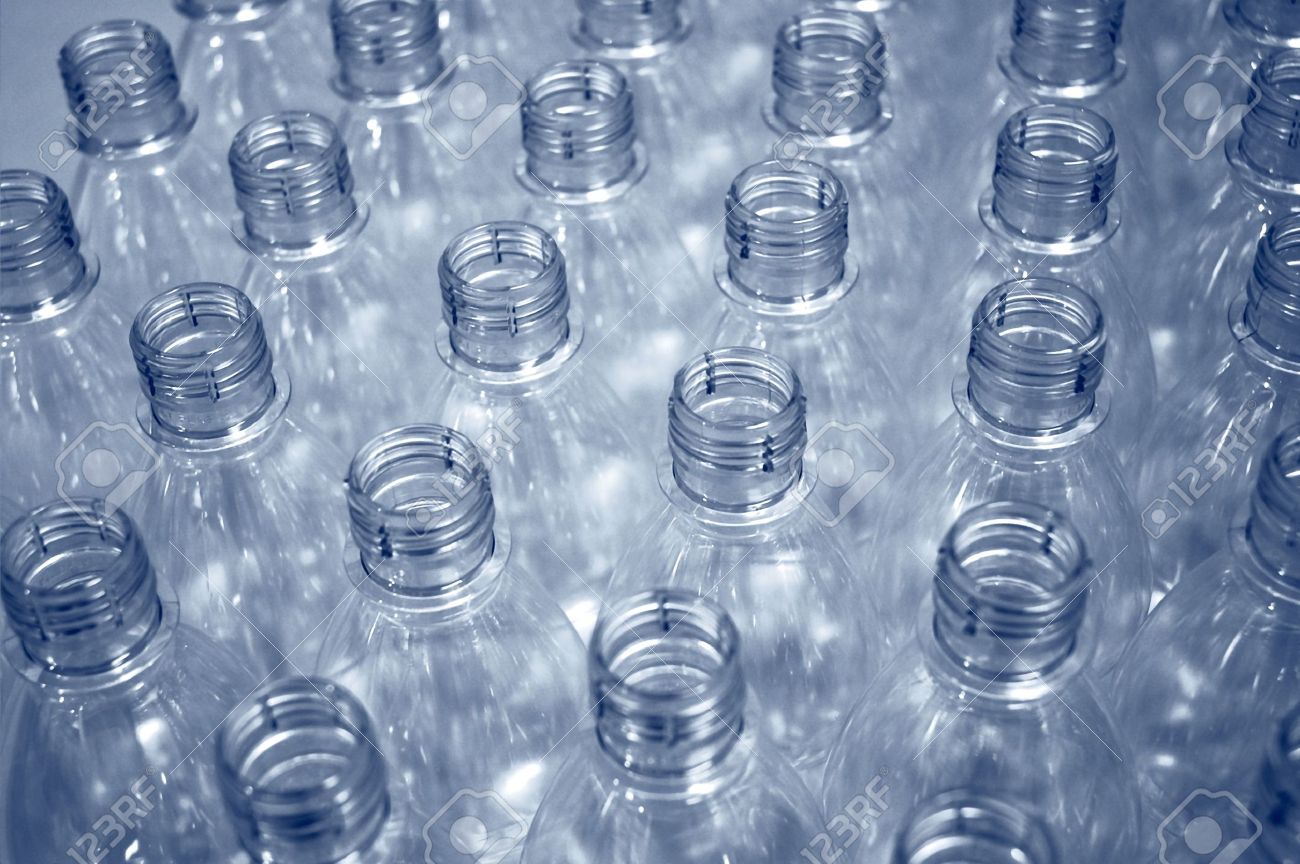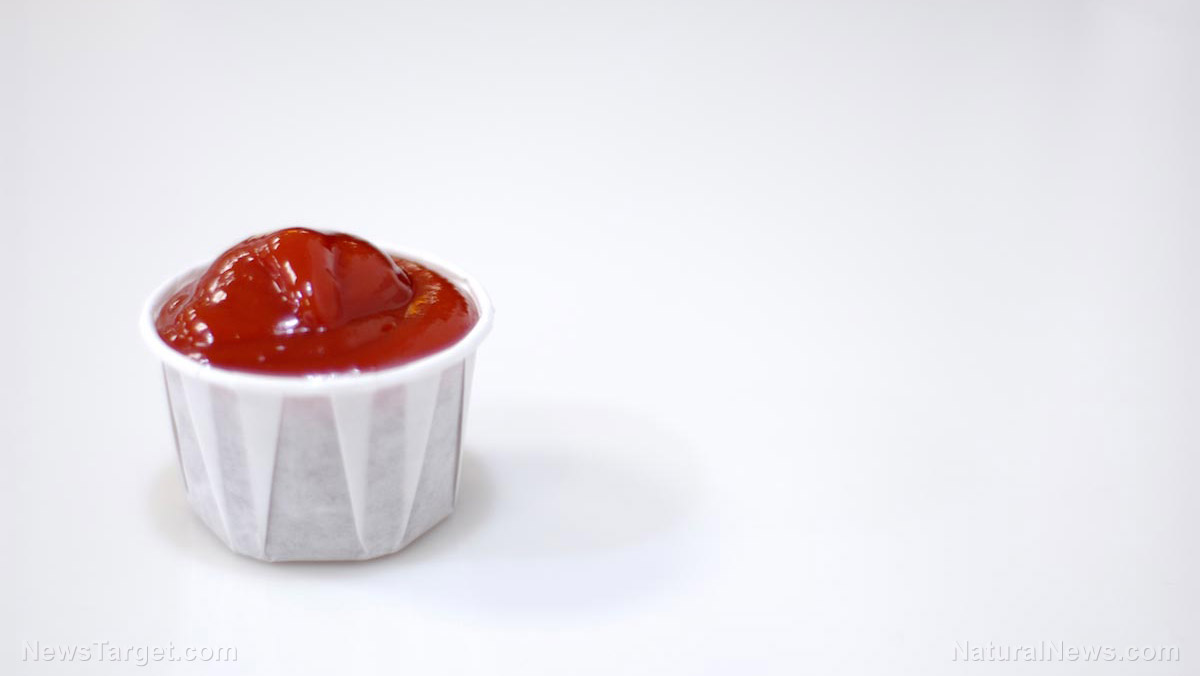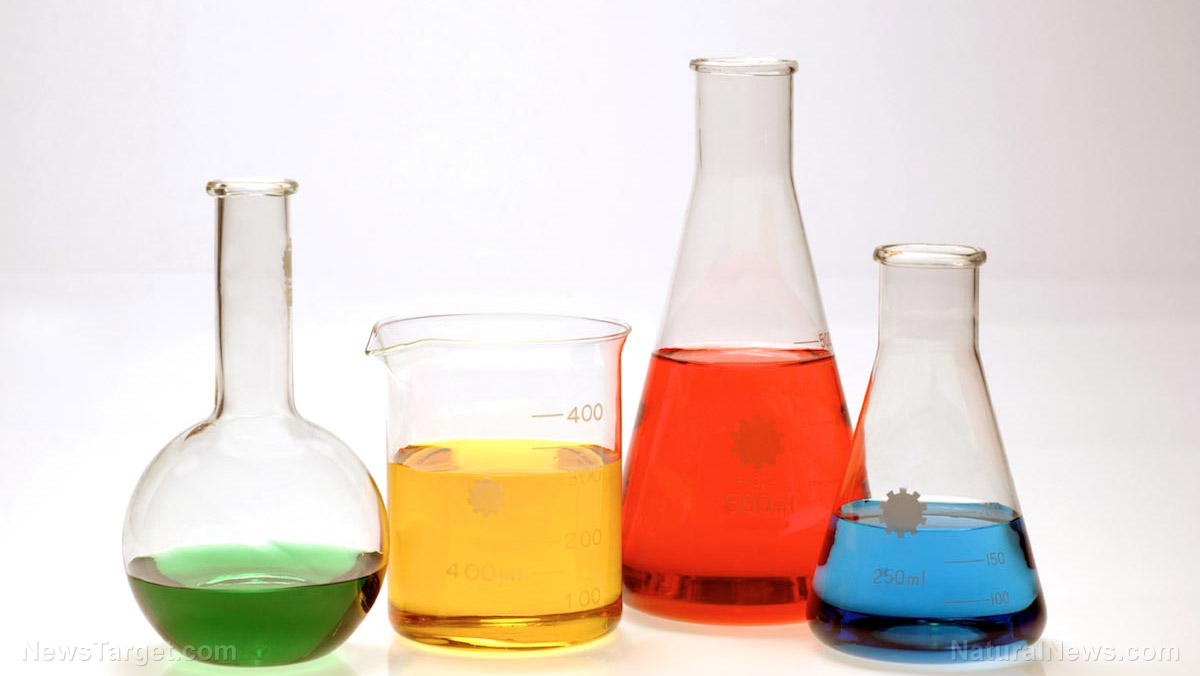Phthalates in consumer products may be making you infertile: Scientists warn women about chemicals in food and beverage packaging, personal care products
05/27/2019 / By Vicki Batts

Infertility is a common problem in the world today. While Big Pharma and the mainstream medical community have been quick to cash in on expensive fertility treatments and costly “solutions,” shockingly few people are asking themselves what’s causing infertility in the first place. Recently published research shows that a common contaminant, phthalates, could be what’s causing so much infertility.
Phthalates are industrial plasticizers that are used in a wide variety of applications. These bad boys can be found in everything from children’s toys to food packaging and cosmetics — and they are also known endocrine disruptors. Scientists continue to confirm that phthalates are a threat to human health, yet these toxins remain present in our society. The abundance of phthalates in consumer products is only made worse by their persistence in the environment — once these compounds are released into the wild, they take a very long time to break down. This means phthalates are a widespread threat that are hard to get rid of.
Phthalates cause infertility
A new study from researchers at the University of Illinois at Urbana-Champaign finds that exposing female mice to phthalates can significantly decrease their fertility. The scientists gave female rodents an oral dose of the phthalate DiNP every day for ten days — and discovered that the chemical was incredibly damaging. Exposure to DiNP disrupted the females’ reproductive cycles and inhibited their ability to get pregnant for nine months afterwards.
Published in the journal Toxicological Sciences, the findings from the Illinois team underscore a large body of research highlighting the toxic effects phthalates can have on health. The researchers used environmentally relevant doses of phthalates in the mice, giving them anywhere from 20 micrograms to 200 milligrams of the plasticizer chemicals.
Study co-author Katie Chiang said that the “doses are comparable to the levels of exposure that people may experience during their daily living and work activities.”
After the ten-day dosing period, the female mice were mated with untreated males on two occasions. Breedings occurred again at 3 and 9 months post-dosing.
“At three months post-dosing, a third of the females that were treated with the lowest doses of DEHP and DiNP were unable to conceive after mating, while 95 percent of the females in the control group became pregnant,” Chiang said.
Even in the smallest amounts tested, the negative effects of phthalate exposure remained prominent — imagine how devastating the effects of higher dosages must be.
The threat of phthalates is real
There is no getting around the fact that phthalates are a dangerous toxin. Much of mainstream science hesitates to call out toxic chemicals for what they are, probably out of fear that industry zealots will retaliate ten-fold. Even in the umpteenth study to confirm that phthlates disrupt female reproduction, U of I researchers say that their findings “warrant further investigation.”
How much investigation does there really need to be before we consider banning a chemical entirely? Six types of phthalates have already been banned from children’s toys and childcare products, due to their endocrine disrupting effects. This fact, combined with the overwhelming body of research which shows phthalates are harmful to humans, rodents and other animals, should lead you to wonder why phthalates are still so widely present in our food supply, the cosmetics industry and other applications.
If something is so toxic it needs to be banned from children’s toys, it’s safe to assume that it probably shouldn’t be used to store and package food — and it’s probably not something you want to put on your face, either.
Phthalates are known to be very harmful to the female reproductive system, but as EWG reports, these chemicals can be just as harmful to males, if not more so.
Learn more about phthalates and other hidden dangers at Toxins.news or Microplastics.news.
Sources for this article include:
Submit a correction >>
Tagged Under:
disease causes, Endocrine disruptors, hidden toxins, infertility, phthlatates, plastics, research, toxic chemicals, toxic ingredients, toxins, women's health
This article may contain statements that reflect the opinion of the author
RECENT NEWS & ARTICLES
Microplastics.News is a fact-based public education website published by Microplastics News Features, LLC.
All content copyright © 2018 by Microplastics News Features, LLC.
Contact Us with Tips or Corrections
All trademarks, registered trademarks and servicemarks mentioned on this site are the property of their respective owners.







